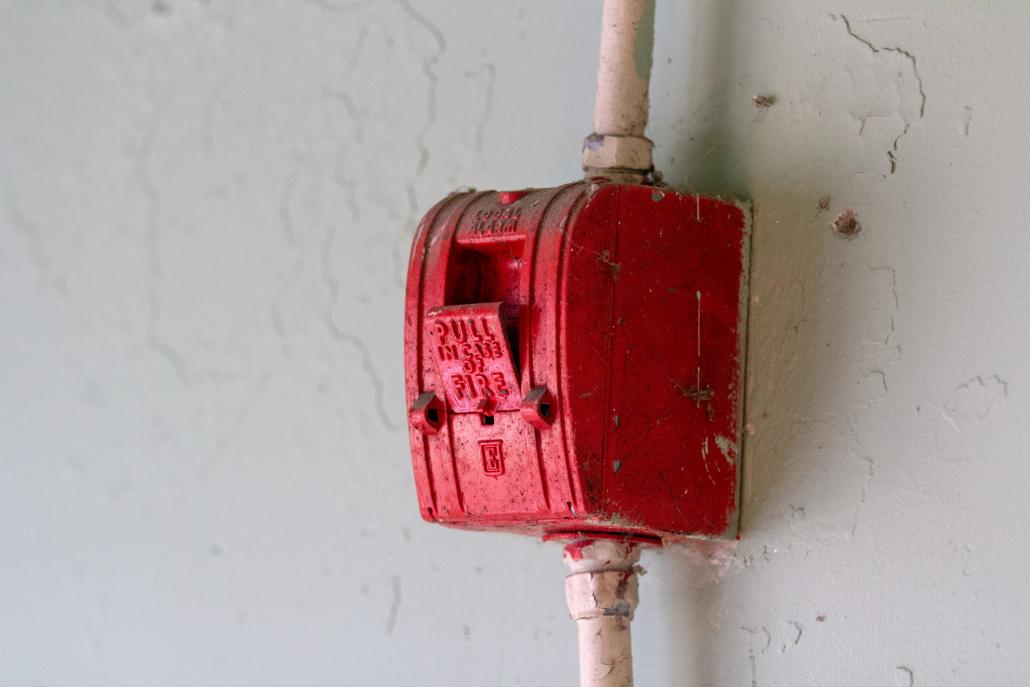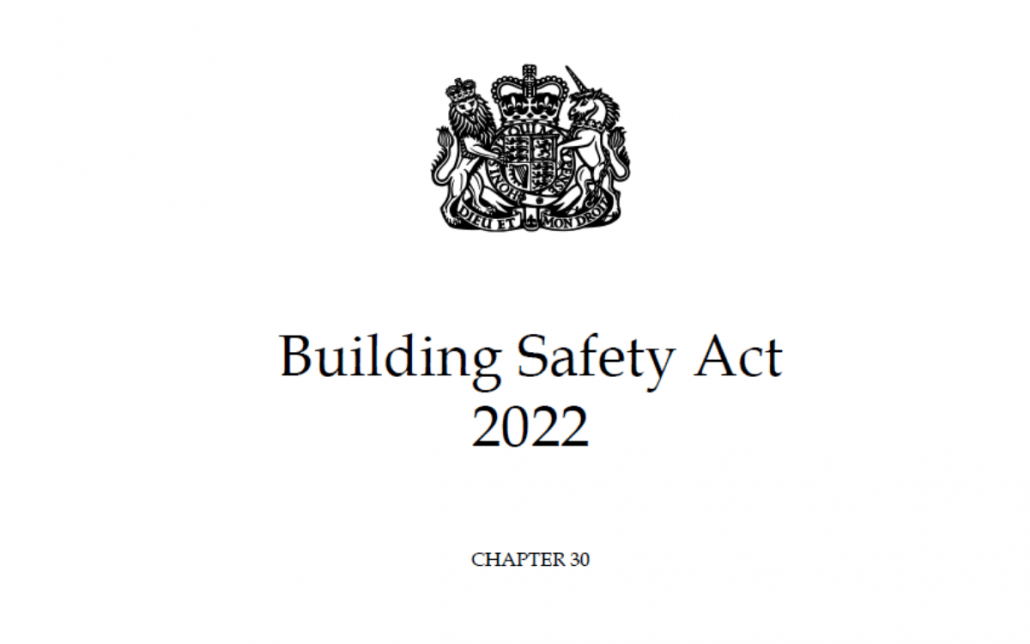The Building Safety Crisis on the 5th Anniversary of the Grenfell Tower Fire
Posted
Time to read
It is now five years from 14th June 2017, a moment in time that is steeped in the memory of so many affected by the fire at Grenfell Tower. This post, accompanying a podcast recorded by the Oxford University Undergraduate Law Journal, takes a look at the impact on the thousands, maybe millions, of other people trapped in the ensuing building safety crisis. This is not a problem caused by leaseholders, and yet for the last five years they have been carrying the fear and worry of living in unsafe blocks, paying unaffordable bills, wondering whether things will ever be sorted, and feeling trapped and powerless. The law has let them down: neither private law nor public law provide effective remedies. The recent change in rhetoric from the Secretary of State for Levelling Up, Housing and Communities in which he says he will force developers to pay to fix the cladding crisis, and the imminent coming into force of the Building Safety Act 2022, provide rays of hope for some, but it is too little, too late, and remains uncertain.

Realisation that the speed at which the fire spread was due to ACM cladding installed during the Grenfell Tower refurbishment has led to the identification of almost 500 other high-rise residential and publicly owned buildings with the same type of cladding systems. Even though these are evidently high risk, around 25 high-rise buildings have still not even started work on replacing the cladding. But it also emerged quickly that the problem of fire safety was not confined to ACM: it affects other cladding types, much modern insulation, and results from defective construction, particularly missing cavity barriers. The regulatory focus is on buildings of a height of 18m+, referred to as ‘higher-risk’ buildings in the Building Safety Act 2022, and combustible cladding is now banned for use on these blocks, but fires have also destroyed residential blocks below this height. The total number of buildings impacted is unclear, but the London Fire Brigade has recently said it is “extremely concerning” that more than 1,000 residential buildings in the capital still have serious fire safety failings.
Leaseholders’ worries are multiple and intersecting. Am I safe? Will my building get fixed? How can I pay the bills? When will I be able to move? Interim measures may need to be taken to avoid the need to decant a building: these are expensive. The waking watch patrols, intended to be temporary pending remediation, typically cost several hundred pounds per month per flat. Further, there is no evidence to support that ‘they work’. Building insurance premiums have soared, sometimes by more than 1000%, and obtaining insurance has become difficult. Many flats cannot be sold or mortgaged as lenders require a satisfactory EWS1 certificate (explained here). Even if buildings are remediated to the EWS1 B1 rating that lenders appear to be satisfied with, there are concerns that insurers do not share that approach and premiums will remain very high unless an A1 or A2 rating is secured. Where remediation has begun, leaseholders have been sent huge bills, sometimes more than £100,000. The negative impact of all of this on wellbeing is immense. Research by Dr Jenny Preece says that leaseholders describe it as “catastrophic”, “devastating” and “traumatic”. This echoes findings from a survey done by one of the campaign groups, UK Cladding Action Group, in 2020 where 90 per cent said their mental health had deteriorated.

There are two broad safety issues: materials have been used that should never have been allowed, and developers have cut corners and failed to comply with building regulations, for example, by not installing cavity barriers. Evidence given during the second phase of the Grenfell Tower Inquiry shows that the cladding and insulation dangers were known to many within both industry and the government. As one example, under the Building Act 1984, section 6, the Secretary of State can issue ‘Approved Documents’ relating to building regulations. The relevant Approved Document in place at the time the work was done on Grenfell Tower has a diagram that says materials – cladding – that meet a Class 0 standard can be used on these tall buildings. The problem is that combustible materials – like that used on Grenfell Tower – can meet this Class 0 test. Evidence in the Grenfell Tower Inquiry shows that the government itself commissioned ACM cladding tests in 2001 in which the system performed “catastrophically”, with flames reaching 20 metres high, and the test was stopped less than six minutes into its 30-minute duration out of concern for the safety of those present. The government ultimately did not do anything and left the Class 0 standard in the guidance until December 2018 – 18 months after the Grenfell Tower fire. This was despite earlier warnings from a select committee investigating cladding fires that the standard be replaced with a requirement that cladding panels be entirely “non-combustible”. The government’s recent rejection of a key recommendation from the Grenfell Tower Inquiry, that all disabled tenants should be given a personal evacuation plan in the event of a fire, shows that it continues not to act on concerns.
For those with leases in affected blocks, the building needs to be fixed and the costs should not fall to them. Both remediation and payment are problematic. In terms of getting the problem sorted, it has been difficult to point to a cause of action in private law which would enable leaseholders to compel the freeholder (or other legal person with the ability to fix the common parts) to remedy. Section 84 of the Building Safety Act 2022 will place a duty on the ‘accountable person’ to carry out works to reduce building safety risks, but the commencement date is not yet known. From the end of June 2022 it will be possible to apply to the First-tier tribunal for a ‘remediation’ order under section 123. In practice, remediation will be a complex technical challenge, involving considerable disruption to those living through it, and one concern is whether the end product will satisfy not only the Fire Service, but also lenders and insurers.
 In terms of the costs, Tribunal decisions confirm that the costs of remediation fall on leaseholders under most leases. Given that a ‘wrong’ has so obviously been committed, and that the leaseholders are not to blame, it has been shocking to realise that the law has not provided any effective remedies. The most intuitive cause of action is the tort of negligence, but under the House of Lords decision in Murphy v Brentwood DC, remediation costs are seen as pure economic loss and therefore unrecoverable. For those who bought ‘off-plan’ with the benefit of contractual warranties, there may be an action for breach of contract, but the most promising general claim is under the Defective Premises Act 1972 which requires work to be ‘fit for habitation’ when completed. Some of the challenges of claiming are discussed here and here. Limitation periods have, however, been a major problem: for both contract and tort, any action has to be brought within six years of the work. Most buildings have discovered the problems too late. The limitation period under the Defective Premises Act is shortly to be extended to enable actions for works completed within the last 30 years, and although developers' claims that this will breach their human rights are unlikely to succeed, the argument ‘may act like a spectre: unjustifiably diluting the changes to the DPA limitation period and deterring potential claimants’. But these legal rights may remain largely unused because getting to the point of issuing a claim in itself takes time, courage, and money. The challenges are shown in the Naylor v Roamquest litigation. This recently settled before trial but already there had been more than 10 court orders and 3 reported judicial hearings. Given that the government has admitted its own serious regulatory failure, and there is supportive evidence emerging from the Inquiry, there are also potential claims under human rights legislation, but pursuing a legal claim will not be easy.
In terms of the costs, Tribunal decisions confirm that the costs of remediation fall on leaseholders under most leases. Given that a ‘wrong’ has so obviously been committed, and that the leaseholders are not to blame, it has been shocking to realise that the law has not provided any effective remedies. The most intuitive cause of action is the tort of negligence, but under the House of Lords decision in Murphy v Brentwood DC, remediation costs are seen as pure economic loss and therefore unrecoverable. For those who bought ‘off-plan’ with the benefit of contractual warranties, there may be an action for breach of contract, but the most promising general claim is under the Defective Premises Act 1972 which requires work to be ‘fit for habitation’ when completed. Some of the challenges of claiming are discussed here and here. Limitation periods have, however, been a major problem: for both contract and tort, any action has to be brought within six years of the work. Most buildings have discovered the problems too late. The limitation period under the Defective Premises Act is shortly to be extended to enable actions for works completed within the last 30 years, and although developers' claims that this will breach their human rights are unlikely to succeed, the argument ‘may act like a spectre: unjustifiably diluting the changes to the DPA limitation period and deterring potential claimants’. But these legal rights may remain largely unused because getting to the point of issuing a claim in itself takes time, courage, and money. The challenges are shown in the Naylor v Roamquest litigation. This recently settled before trial but already there had been more than 10 court orders and 3 reported judicial hearings. Given that the government has admitted its own serious regulatory failure, and there is supportive evidence emerging from the Inquiry, there are also potential claims under human rights legislation, but pursuing a legal claim will not be easy.
The recently enacted legislation will help in some ways. The duty placed on the accountable person may make it less difficult to compel remediation, and the much discussed costs protections for certain categories of leaseholders will mean that some do not have to pay at all, and some will have capped costs. But the very complex costs protections in Schedule 8 do not protect all leaseholders and enfranchised blocks are currently left to sort the mess out with no help on funding (a consultation is promised). In addition, around 45 developers have signed a pledge in which they commit to remediate life critical fire safety works, but there are many who have not signed, and the pledge still needs to be translated into a binding legal contract.
Five years from the Grenfell Tower Fire, the building safety crisis shows no sign of ending.
How to cite this blog post (Harvard style):
S. Bright. (2022) The Building Safety Crisis on the 5th Anniversary of the Grenfell Tower Fire. Available at:https://blogs.law.ox.ac.uk/housing-after-grenfell-blog/blog-post/2022/06/building-safety-crisis-5th-anniversary-grenfell-tower. Accessed on: 08/04/2025Share